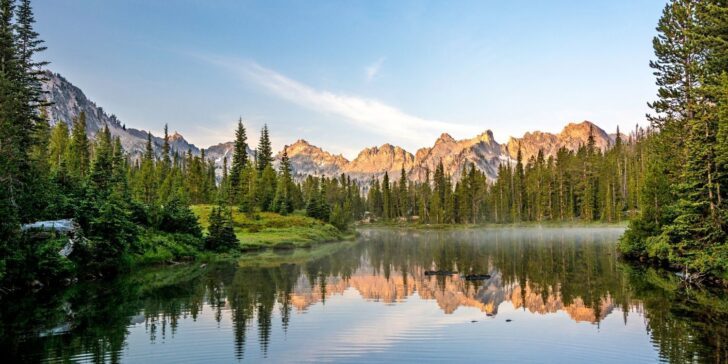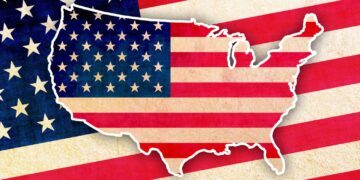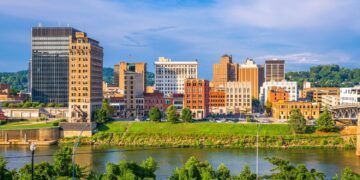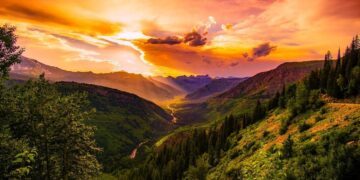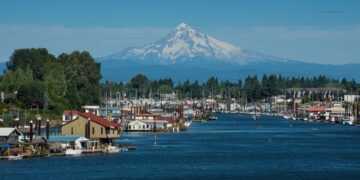Nicknamed “The Gem State,” Idaho was the 43rd state to join the United States of America on July 3, 1890. It has a population of 1,787,065 people, making it the 39th most populous state.
Idaho is bordered by Wyoming, Montana, Nevada, Oregon, Utah, and Washington.
With a total of 83,569 square miles (216,443 square kilometers) of land and water, it is the 14th largest state.
The capital of Idaho is Boise, situated in the west of the state.
That’s enough fast facts about the Gem State for now, though; we’re here to learn some of the more interesting facts!
The origins of Idaho’s name are less than simple.
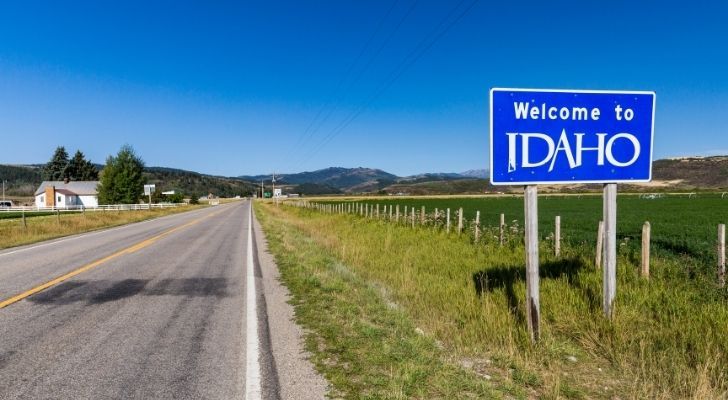
When the US Congress was originally looking at names for the modern-day region of Colorado, a man called George M. Willing proposed the name Idaho.
He claimed that it originated from the Native American Shoshoni language, meaning “gem of the mountains,” or “the sun comes from the mountains.”
When it turned out that the name was completely made up, Congress opted for Colorado instead. At around the same time, a steamship transporting miners in the Pacific Northwest was named Idaho.
A year later, in 1861, Idaho County was named after the steamship.
Over time the name became more and more popular, and the Idaho Territory came into being.
When Idaho Territory became a US state, it kept its name and became Idaho.
The region of Idaho has been inhabited for at least 15,000 years!
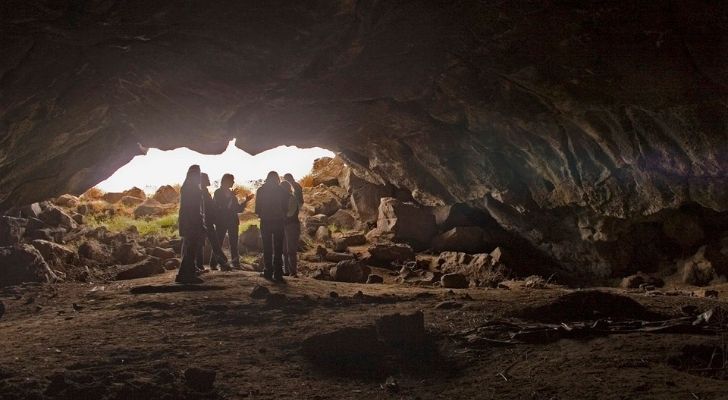
In 1959, an excavation was conducted at Wilson Butte Cave, an archaeological site near the town of Twin Falls, Idaho.
The excavations revealed some of the oldest evidence of human activity in the united states, dating back at least 15,000 years.
A much more recent excavation in Western Idaho was conducted in 2019, where archaeologists discovered evidence which suggested that humans have lived there for as long as 16,600 years!
Idaho’s main draw, in the beginning, was fur trading.
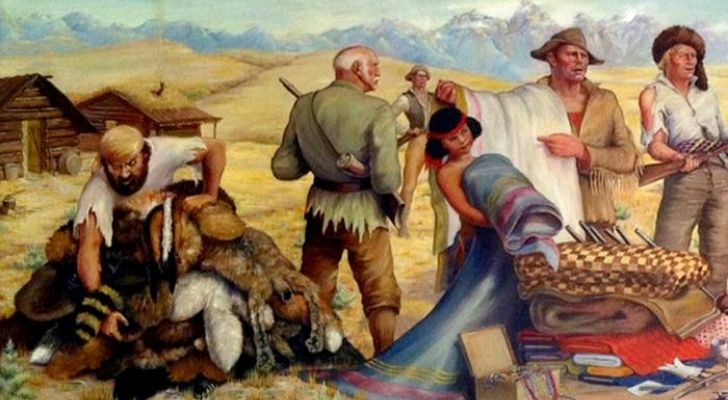
The first trading post for furs west of the Rocky Mountains was established in 1810 by the Missouri Fur Company along the Snake River, near present-day St. Anthony, Idaho.
While this trading post, Fort Henry, was abandoned shortly after its construction, it was enough to begin the flow of Europeans into the area.
Within ten years, by 1820, a British company called Hudson’s Bay Company had moved into the region and controlled trade along the Snake River.
They weren’t the first company, and they certainly weren’t the last, as more and more fur trappers moved into the region.
Idaho was once claimed by both the British and the United States.
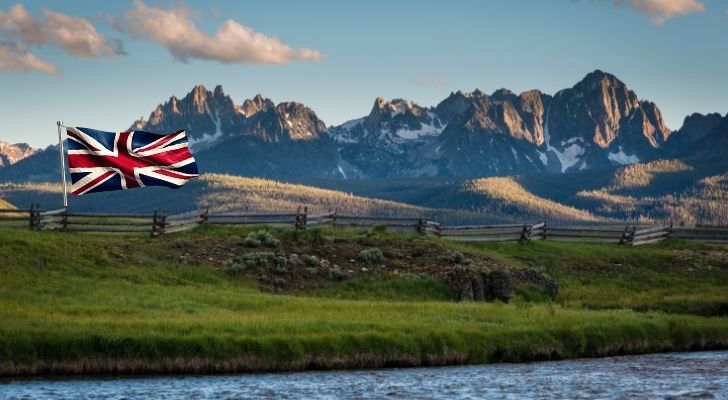
In the 1800’s Idaho was still a part of a region called the Oregon Country, according to the US at least.
The British claimed this area as their own, stating that it was a part of the Columbia District, a parcel of land that contained parts of modern-day Idaho, Oregon, Washington, Wyoming, Montana, and the Canadian Province of British Columbia.
In 1818 a treaty was made between the US and Britain, which stated that both countries were allowed to claim parcels of land, develop them, and travel freely in the region.
In 1846, with the Oregon Treaty, the United States gained complete control of the region, minus what now makes up British Columbia.
One of the largest communities of Basque people in the United States is in Boise, Idaho.
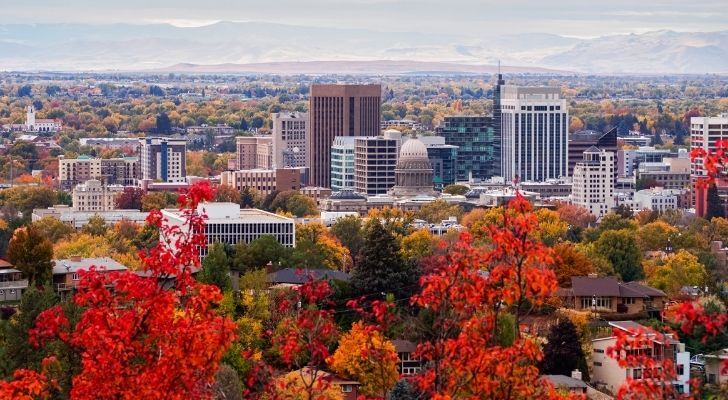
As Oregon Country became more and more popular, there was an influx of people from different parts of the Western world.
A significant number of those people came from Basque Country, an autonomous region of Spain.
Basque migrants came as miners and shepherds and were highly respected for their spirit and hard work.
Today in the city of Boise, Idaho, you can find one of the largest communities of Basque people in the US.
The city is home to a Basque museum and holds a huge Basque festival every five years called Jaialdi.
Idaho once produced 19% of all gold mined in the US.
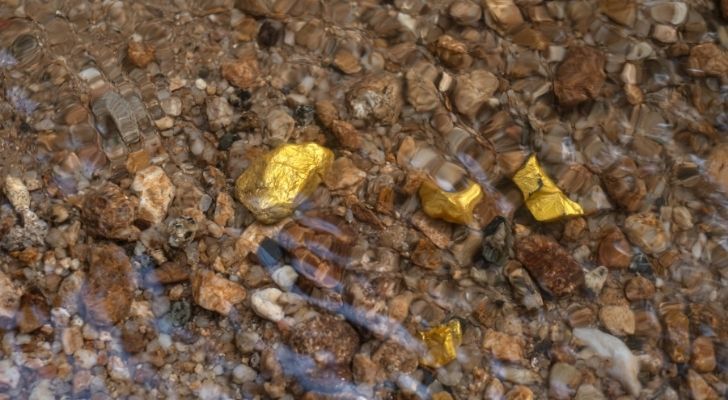
Many prospectors passed through modern-day Idaho while making their way to California in the California Gold Rush in 1849, but few thought to try their luck on the way.
It wasn’t until 1860 that Idaho had its first gold rush, which led to further settlement in the area.
The gold rush in Idaho was so bountiful, in fact, that between the years of 1860 and 1866, 19% of all gold mined in the US was found produced in Idaho.
Idaho wasn’t just bountiful in terms of gold; it’s packed full of precious minerals!
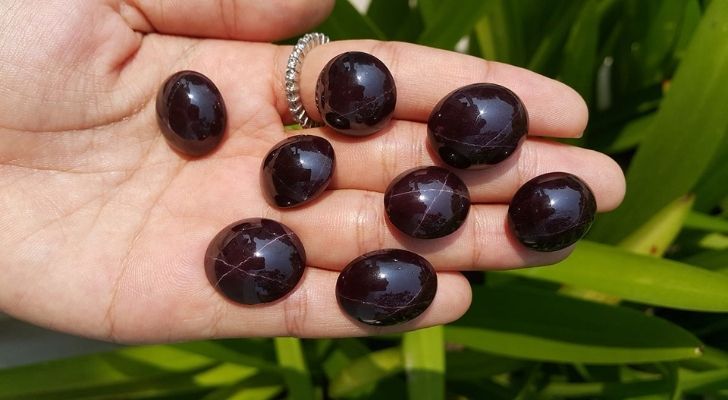
When we say packed full of gems, we’re not exaggerating either!
While gold was the original mineral to be sought after in Idaho, it wasn’t long until the region was found to be rich in a wide variety of precious gems and minerals.
Overall, you can find 72 different semi-precious and precious gemstones within the state.
One of the gems found in Idaho is the Star Garnet, the state gem.
This semi-precious stone can only be found in India and Idaho. Thanks to the state’s abundance of gems, Idaho gained its nickname – “The Gem State.”
When it comes to nature, Idaho is spoilt for choice.
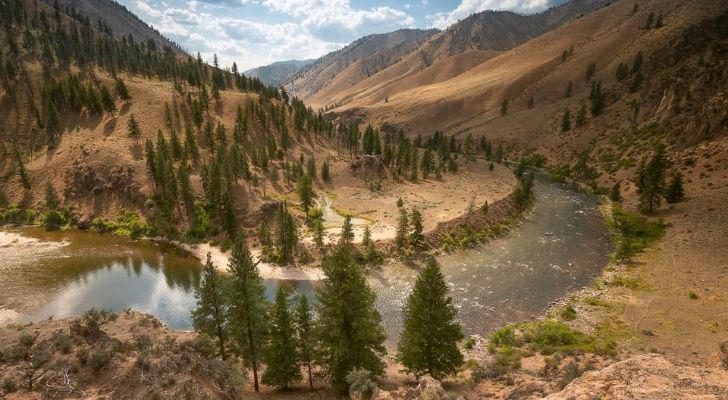
If you’re a fan of the great outdoors, then Idaho is definitely a state worth visiting.
It boasts of its unspoiled natural areas, and rightly so.
Idaho has some of the largest regions of protected wilderness in the whole of the US, such as the Frank Church-River of No Return Wilderness Area, which covers 2.3 million acres (930,000 hectares).
Idaho is lucky enough to be full to the brim with snow-capped mountains, lakes that stretch as far as you can see, white water rapids, and canyons that carve their way through the land.
Ernest Hemingway lived in Idaho in his final years.
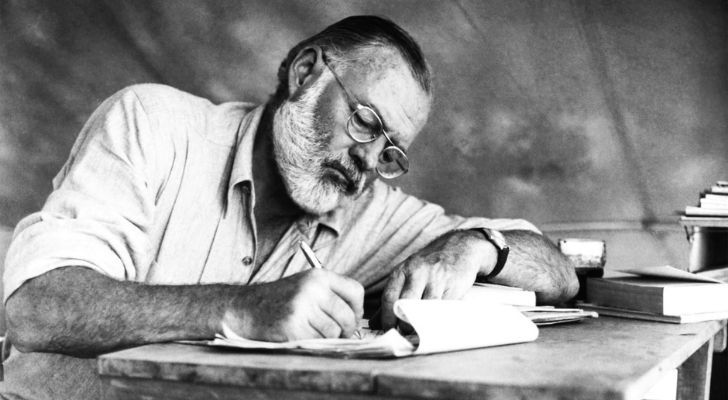
Ernest Hemingway, the author of the Pulitzer Prize-winning novel “The Old Man and the Sea”, and the winner of the Nobel Prize in Literature, moved to the town of Ketchum, Idaho, in 1959.
There he bought a house overlooking the Big Wood River, but it wasn’t a peaceful life.
In his final years, he suffered from Hemochromatosis, all the while struggling with a serious case of depression.
In the morning of July 2, 1961, unable to cope with life any longer, Hemingway took his own life with a double-barrelled shotgun at his home in Ketchum.
The deepest river gorge in the US lies in Idaho.
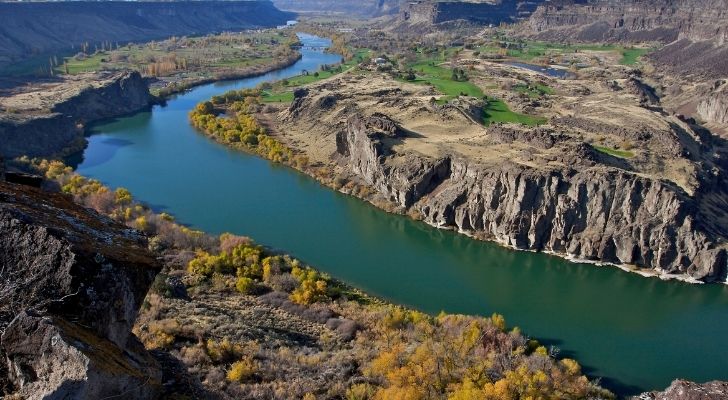
Found within the Hell’s Canyon National Recreation Area, Hell’s Canyon has been carved out over the centuries by the Snake River.
The Canyon lies along the western border of Idaho and stretches for 10 miles (16 km). In terms of depth, it actually exceeds the Grand Canyon!
It’s a jaw-dropping 7,993 feet (2,436 m) deep, claiming the title of the deepest river gorge in the US.
Idaho’s state seal is the only seal to have been designed by a woman.
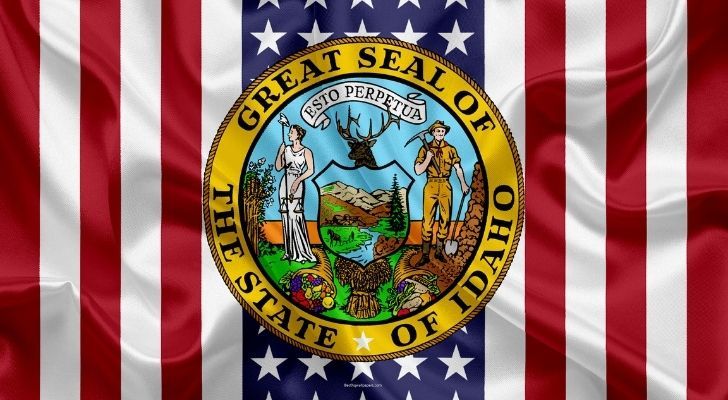
The state seal for Idaho was chosen through a competition held by the First Legislature for the State of Idaho in 1891.
Emma Edwards Green, an artist, originating from New York City, had moved to Idaho to open an art school the same year the competition was held.
Although entries were sent in from all corners of the country, Emma’s design depicting a miner, a woman, and flora, and fauna of Idaho won the competition.
She was awarded $100, which is roughly the equivalent of $2,850 in today’s money.
Evel Knievel, the famed daredevil, once tried to cross a canyon in Idaho in a rocket-powered motorbike.
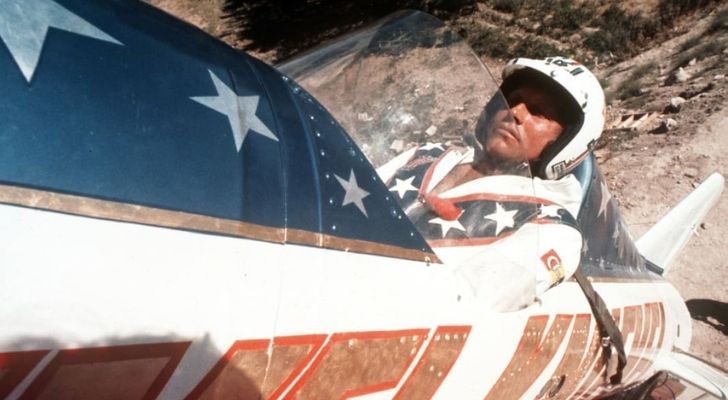
If you haven’t heard of Evel Knievel, you should probably crawl out from the rock you’ve been living under.
In case you have been living under a rock, though, here’s the short of it – Evel Knievel was a rowdy, boisterous, belligerent yet lovable showman, stuntman, and all-around daredevil.
He gained fame by jumping motorcycles across mind-blowing distances in the ’60s, although he wasn’t always very successful.
One of his more famous stunts took place in Idaho, where he attempted to cross the Snake River Canyon mounted on a motorbike with rockets strapped to the sides.
His attempt fell short, his safety parachute failed, and he very nearly lost his life.
Evel wasn’t all that fussed, though – it was all in a day’s work!
Idaho is home to the world’s first chairlift.
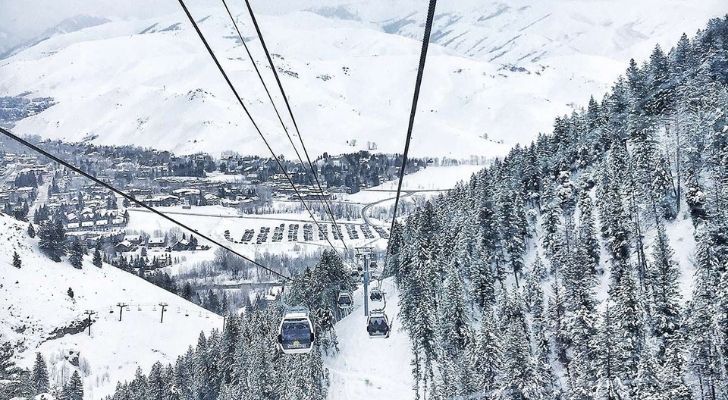
In a region now known as Sun Valley, Tucked away in Blaine County lies the aptly named Sun Valley Ski Resort.
This is no everyday resort; however, it’s actually the first ski resort in the US, built in 1936 by the Union Pacific Railroad company.
At the same time the resort was being constructed, the Union Pacific Engineering team was working on something that would revolutionize the snow sports industry – the world’s first chairlift.
While it took skiers some time to adapt to the new system, it was hailed as an instant success.
The cult classic film Napoleon Dynamite is set in Idaho.

If you haven’t seen Napoleon Dynamite, then you should probably stop reading this and watch it.
Set in the town of Preston, Idaho, Napoleon Dynamite follows the story of an awkward teenager trying to navigate the ins and outs of high school in small-town America.
Jared Hess, the director, actually graduated from Preston high school and shot several of the film’s scenes there.
Idaho is the largest producer of potatoes in the US.
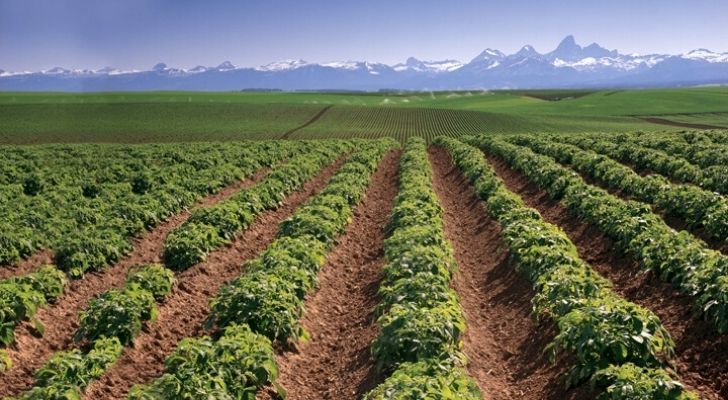
This one might come as less of a surprise, but Idaho really loves its potatoes.
They weren’t even the first state in the US to grow potatoes either – that was New Hampshire!
Idaho’s potato history starts with Henry Spalding, a missionary who introduced the potato to Idaho in 1836.
Little did Henry know that potatoes grown in Idaho would become so popular that they would make up a third of all potatoes grown in the US.
In fact, Idaho loves potatoes so much that a giant 17 ft (5.18 m) potato is dropped from a crane at the stroke of midnight on New Year’s Eve.
Whether you love the pristine untamed wilderness, world-class ski resorts, or simply enjoy some crispy hot potato fries, you’ve just got to love Idaho.
But seriously though, what are you waiting for?
There’s so much that Idaho has to offer we couldn’t even fit it all here!

